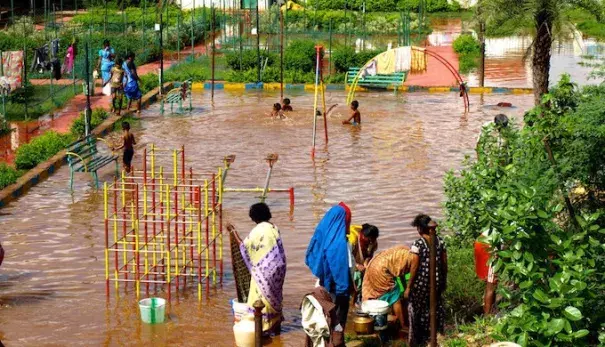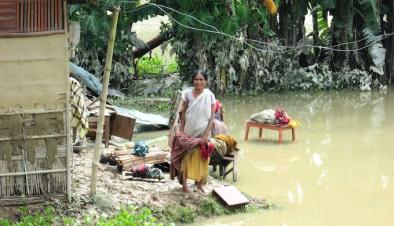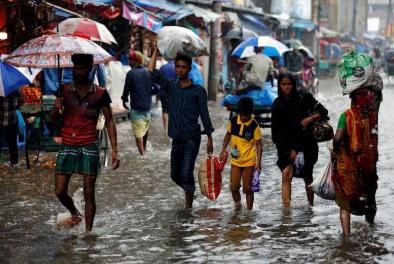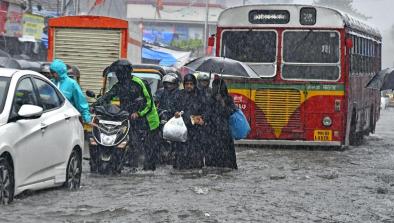Extreme rainfall leaves cities floundering

Independence Day was unusually wet and waterlogged for residents of Bengaluru in Karnataka. Heavy rains started near midnight when they were asleep, and by morning, it had poured 128 mm...
On the morning of August 21, a similar event happened in Chandigarh. While residents were going to work on Monday, heavy, sharp showers descended. By afternoon, the city had received 112 mm of rainfall...
On July 26-27, the downpour was in Ahmedabad, Gujarat, where within 24 hours the city received 200 mm of rainfall...
On August 11 and 12, a heavy downpour drowned Agartala, the capital of Tripura in northeastern India. While the city received 102 mm of rainfall in one day, on the next there was 94 mm, and 196 mm in two days was more than what the city could take. The city systems collapsed and normal life was disrupted...
With such cloudbursts coming one after the other across the country, questions are being asked. Is the prognosis of extreme weather events becoming more frequent and intense due to climate change starting to come true? Are Indian cities designed to withstand such events? What can be done to make them more resilient?
...
Recent research is indicating that the intensity of these extreme weather events is increasing, according to Pradeep Mujumdar, chairman, Interdisciplinary Centre for Water Research (ICWaR) at the Indian Institute of Science, Bengaluru. Also, the intensity of urban events vis-à-vis non-urban ones is increasing.
“Though it is difficult to attribute any one event to climate change, there is much research results from across the world that is showing that the pattern of multiple extreme events in a season is happening due to the changing climate,” Mujumdar told indiaclimatedialogue.net.
...
ICWaR has been studying the urban flooding events that happened in Chennai, Hyderabad and Bengaluru in recent years. For Bengaluru, the team compared 26 General Circulation Models (GCMs or global climate models) along the four Representative Concentration Pathways (RCPs or the four greenhouse gas emission scenario pathways up to year 2100 used by the Fifth Assessment Report of the Intergovernmental Panel on Climate Change, or IPCC). The conclusion was that the climate change projections clearly indicate an increase in high intensity rainfall.
Another recent report, published by the Ashoka Trust for Research in Ecology and the Environment (ATREE), Bengaluru, confirms similar findings. In the chapter on extreme rain events, Jagdish Krishnaswamy and Srinivasan Vaidyanathan state that rain events greater than 100 mm have increased in number in the past 100 years. There is an overall increasing trend of events exceeding 100, 150 and 200 mm since the 1900s. The crux, however, is that there is an increasing variability in the recent decades.
However, attributing a single event to climate change remains problematic. Another team of researchers from Indian Institute of Technology, Delhi, and University of Oxford in Britain had said it was not possible to attribute the extreme rainfall in Chennai on December 1, 2015 to climate change.
Related Content





